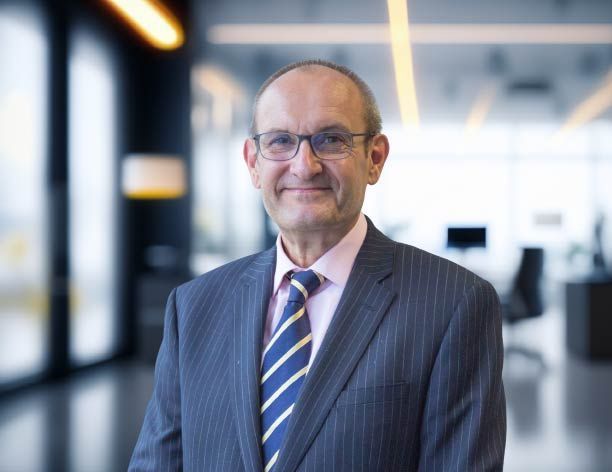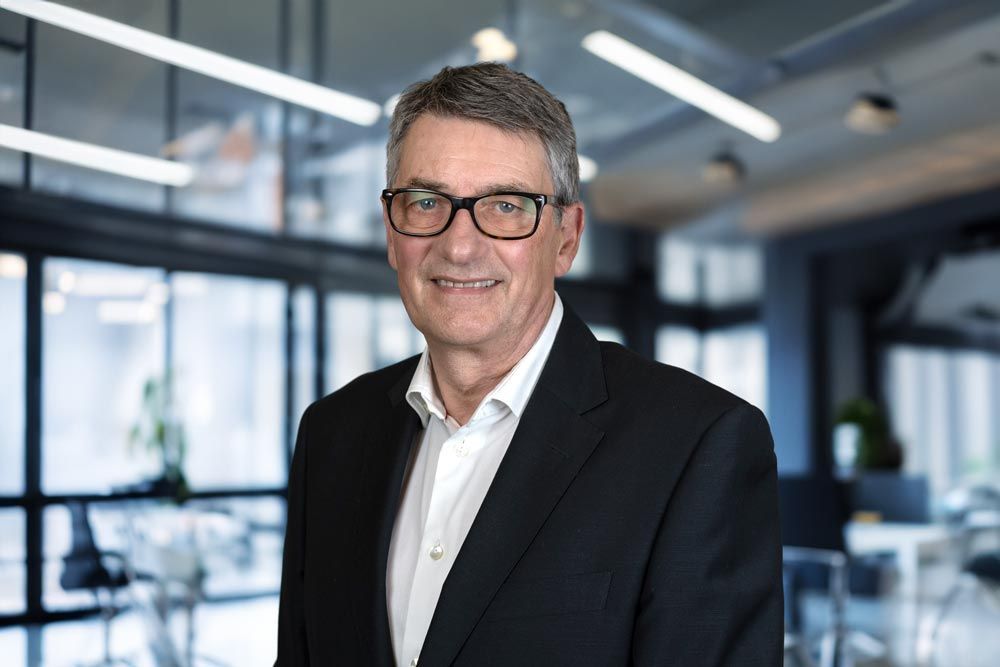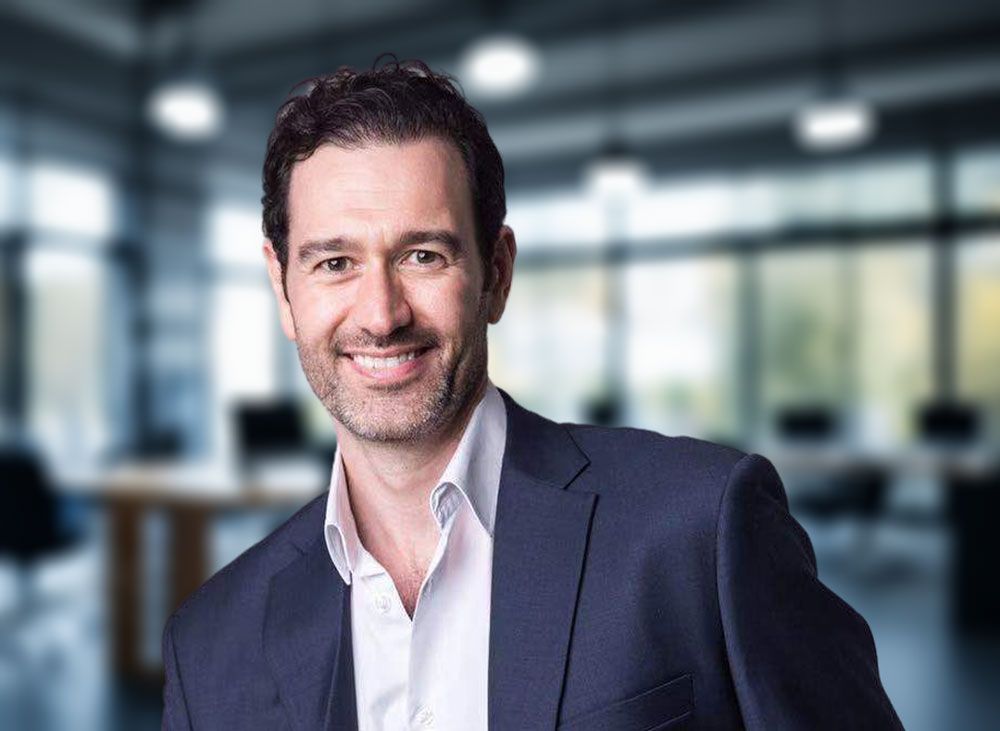From vision to Blueprint
Today, a new kind of business is required to succeed
Our Corporate Strategy service is designed to transform your vision into reality by helping your business focus on where to play and how to win. We work closely with your leaders to redefine organisational purpose and align it with ambitious, forward-thinking goals.
Through tailored market insights and operational diagnostics, we train your leadership to evaluate opportunities and risks more effectively, laying the groundwork for confident decision-making.
A collaborative mindset for today's challenges
We encourage fundamental changes in your executive mindset and collective management practices, embedding new standards of excellence and innovation within your industry. This comprehensive approach includes a thorough analysis of the market to identify growth opportunities, a diagnosis of your business architecture, and collaboration on strategic goals that align with these insights.
We also optimise critical areas such as operational efficiency, resource allocation, risk management, and procurement to support your strategic objectives. Together, we will transform market uncertainty into actionable growth opportunities, helping your leaders to challenge every aspect of their purpose, business model, operating model, and themselves.
Services
Business Unit Strategy
Designed to deliver targeted, actionable solutions that drive the success of individual business units within your organisation.
Vertical Strategy
Researching the specific trends, dynamics, and competitive landscapes of your industry, we offer strategic solutions that leverage our extensive experience in your sector.
Portfolio Strategy
Provides your business with the insights and frameworks necessary to optimise your portfolio of businesses or products for maximum value creation and strategic coherence.
Business Model Development
With our extensive experience across various industries, we guide you through the process of designing or refining your business model to ensure it is scalable, and aligned with future market demands.
Start-up & Scale-up Growth Strategy
From securing scalable funding to optimising operations and refining business models, our Start-Up & Scale-Up Growth Strategy services provide the foundation for sustainable expansion in competitive markets and regions.
Want to know more?
Our outcome-driven, pragmatic approach will provide direct feedback and practical strategies to help leaders and teams better understand their role and purpose.
We give actionable advice on the best way to communicate your strategy, gaining buy-in across all levels of your organisation and building the momentum for success.
Strategy in Numbers
95%
Number of employees who say they don't understand their company's strategy
48%
Of organisations fail to meet half of their strategic actions
60%
Of organisations do not tie financial budgets to strategic priorities
“We provided the client with a clear roadmap for enhanced profitability and sustained competitive advantage in the dynamic data connectivity market.”
Case Study: Transforming Data Connectivity for a Global Services Provider
Strategy insights

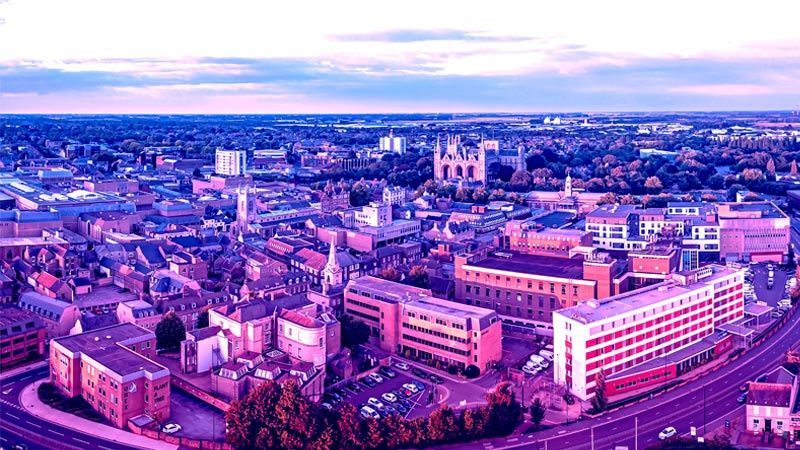
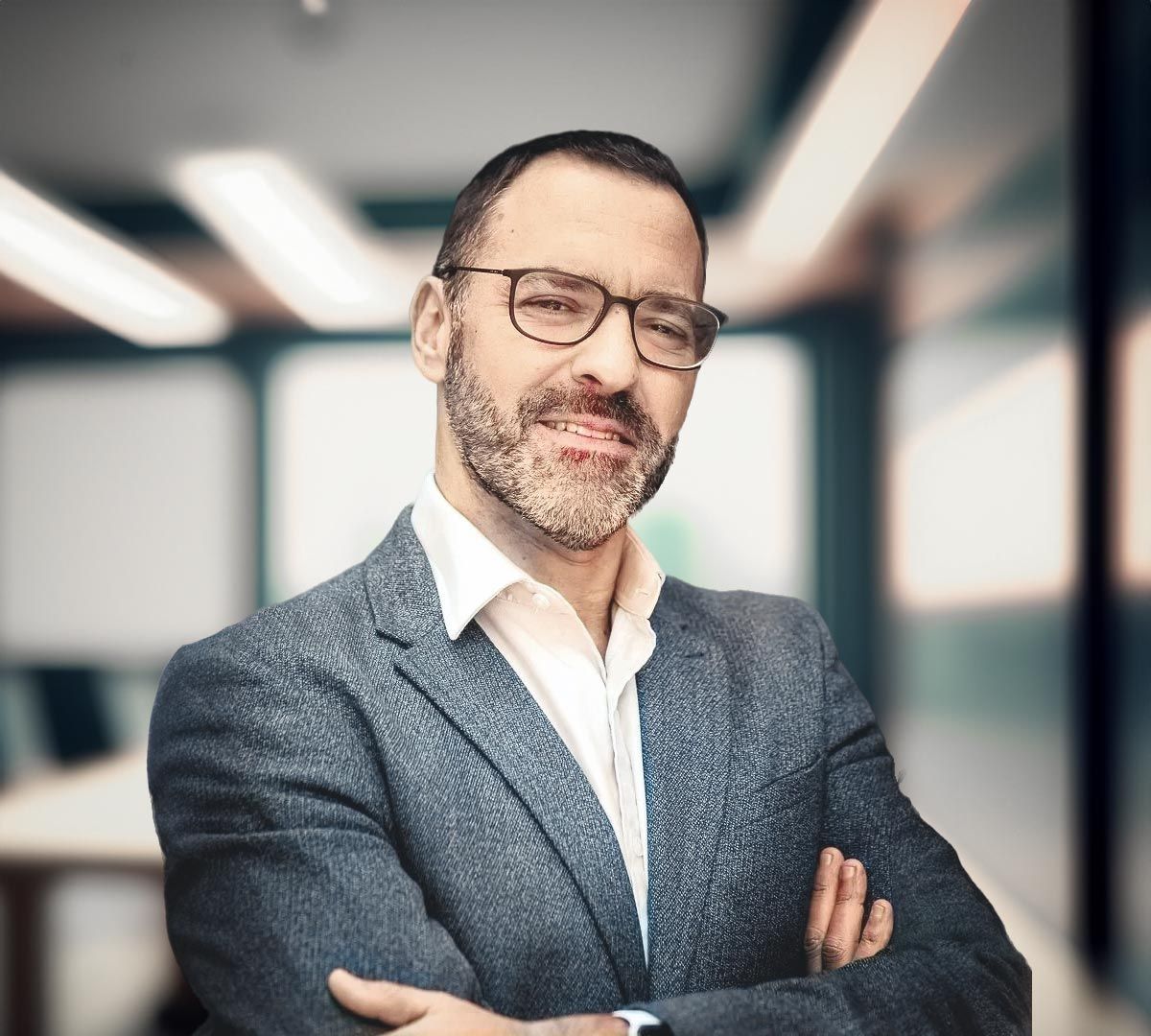
Mauro Mortali
Senior Partner - Strategy & Leadership
With over 25 years of experience in both leadership and governance positions across the corporate, education, and charity sectors, Mauro Mortali is a Senior Partner for Cambridge Management Consulting within our Strategy Practice. Having held senior strategy and innovation positions, Mauro blends traditional strategy capabilities such as deep insight, analysis and critical thinking with the collaboration, creative and co-creation skills of Design Thinking. One of Mauro’s passions is narrative development and storytelling, and he brings this into his strategy work in order to enable his clients to win the hearts and minds of their stakeholders and customers.
Mauro’s role with Cambridge MC is to help organisations design, develop, and deliver strategies with an emphasis on activation to achieve their goals. Mauro is also an executive coach with a focus on performance and wellbeing, working with both individuals and teams to identify and maximise their strengths. This also enables him to bring a human-centred approach to strategy development.
Our team can be your team
Our team of experts have multiple decades of experience across many different business environments and across various geographies.
We can build you a specialised team with the skillset and expertise required to meet the demands of your industry.
Our combination of expertise and an intelligent methodology is what realises tangible financial benefits for clients.
Our Strategy Experts
Jeff Owen
M&A Lead
A highly-experienced COO/Operations Director, board member, and consultant in the Telco sector, Jeff holds an impressive track record of creating scalable operational infrastructure to drive profit from commercial activities with Six Sigma methodologies.






